TalentKraft helps SMEs and businesses unlock value in HR - THE BUSINESS TIMES
Part of the strategy consultant’s challenge is educating SME leaders on the importance and value of HR to their wellbeing.

Co-founders Mr Ang (left) and Mr Goh brought their backgrounds in consulting to TalentKraft, with their shared belief that HR is important for businesses’ strategic growth.
When small and medium sized enterprises (SMEs) think about human resources (HR), attendance taking, hiring, payroll and grievance resolution probably come to mind. But strategy consulting startup TalentKraft knows that HR is more than that, and it wants to help businesses see that too.
With backgrounds in renowned consulting firms Boston Consulting Group and KPMG, co-founders Eugene Goh and Ang Zanyu feel that HR is a underserved domain, even though factors such as employee retention or engagement affect profitability.
Mr Goh pointed out: “Even in startups, typically, the co-founding team has a business guy, a technology guy, maybe a product or a sales guy. Almost no founding teams have an HR guy.”
To remedy this, TalentKraft aims to help businesses leverage on HR to drive growth. Taking a problem-solving approach, the local startup created a diagnostic survey, called TeamSight, which identifies what matters to employees and their satisfaction in those key dimensions, so that business leaders know their areas for improvement.
Although TalentKraft, which expects to see revenue cross the S$1 million mark this year, develops other products – such as HireQuotient, a recruitment chatbot, and Casey, an interview training chatbot – it sees itself as distinct from a “typical solution provider” that takes a solution-centric approach to HR.
“From the consulting perspective”, we are still primarily tech agnostic,” said Mr Goh. “In our primary role as consultants, it’s about understanding what the client is trying to achieve, and what is the best thing we can do. It’s not copy-paste from a template.”
Acknowledging a common misconception, he added: “We are not headhunters or recruiters, I think it’s radically different.”
“It’s the classic ‘give a man a fish’ analogy,” Mr Goh explained. “What we’re actually doing is helping them to build a kelong, so they can catch as many fish as they need on an ongoing basis.”
For a well-functioning HR process, data and visibility into staff activities is essential, he said. Mr Ang noted that another marker of good HR practices is when the department is involved in management-level meetings.
“If they are always an afterthought, if the company has the measurement session and then they tell HR all the things that they should do – that’s usually not a very good sign,” he said.
For SMEs, TalentKraft serves as their “interim HR director”, the founders said, until it is able to transfer the skills and knowledge to the businesses. According to Mr Goh, SMEs, in particular, have the least impetus to change their approaches to HR, after 20 or 30 years in the business.
Those in charge often have a ‘íf it’s not broken, don’t fix it’ mindset, Mr Ang agreed.
Smaller businesses view HR as a cost centre, so they struggle to justify investing significant funding to improve HR or to digitise HR processes, said Mr Ang.
Compared to purchasing a sales package, for example, where the direct effect of an increase in sales efficiency can be observed, the value of HR can be more difficult to identify, he added.
Furthermore, unlike large multinational corporations, SMEs may not have multiple stakeholders to motivate constant improvement; and unlike many startups, they may not have the agility afforded by a lack of firmly established HR frameworks or processes.
Part of TalentKraft’s challenge then, is educating SME leaders on the importance of HR. The co-founders noted that Covid-19, through its disruption of businesses, has accelerated the acceptance of investments to create robust HR systems.
“Remote working has always been around….but in the past, it was usually for more forward-looking companies,” said Mr Ang. “The pandemic helped to drive the openness of a lot of SME bosses, in terms of what’s acceptable.”
Mr Goh added: “When you get forced to do it, then you realise, okay, it can work.”
But TalentKraft acknowledged that there’s still room to grow.
“The recent heightened alert reminds us that it’s not going to be a linear path to normality,” said Mr Goh. “So people need to be thinking about how to graduate some of these ad-hoc, temporary policies into permanent, long-term, well thought through policies.”
Leaders are more likely to let issues slide if they expect the solutions to serve as a stopgap, rather than last for the long-term, he said.
And along with new solutions, new problems arise.
In the past, employee benefits would include medical coverage for doctor and dental visits, but new concerns such as mental health and burnout are increasingly prevalent, said Mr Ang. “Now, is therapy part of the coverage as well?”
These are all issues that need to be considered in figuring out the changed HR landscape.
Mr Goh said: “In some sense, the questions that we answer remain the same. The answers have changed, because the scope of options has expanded…but the essence of consulting is always figuring out what is the right answer.”e
Talk to our experts today for your HR digitalisation journey, with up to 80% Enterprise Development Grant support!
Liked this article?
Other insights...
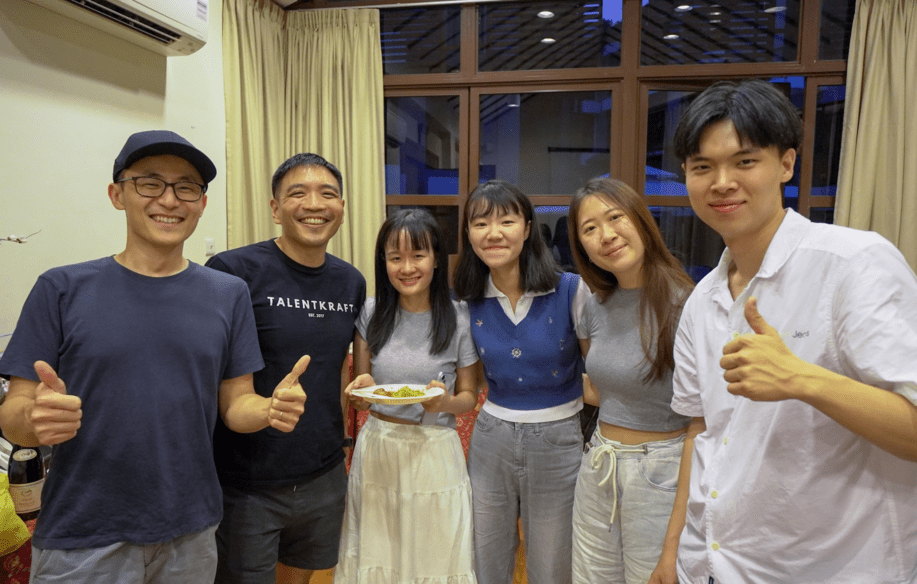
Discovering ourselves as Gen Zs
Discovering ourselves as Gen Zs, we face unique challenges in aligning our careers with our passions. TalentKraft’s internship provided invaluable experiences, helping us define problems, explore options, and evaluate career paths. Through workshops, personality profiling, and real-world projects, we gained insights into various industries and honed our problem-solving skills. This journey has been crucial in shaping our professional growth and career decisions.
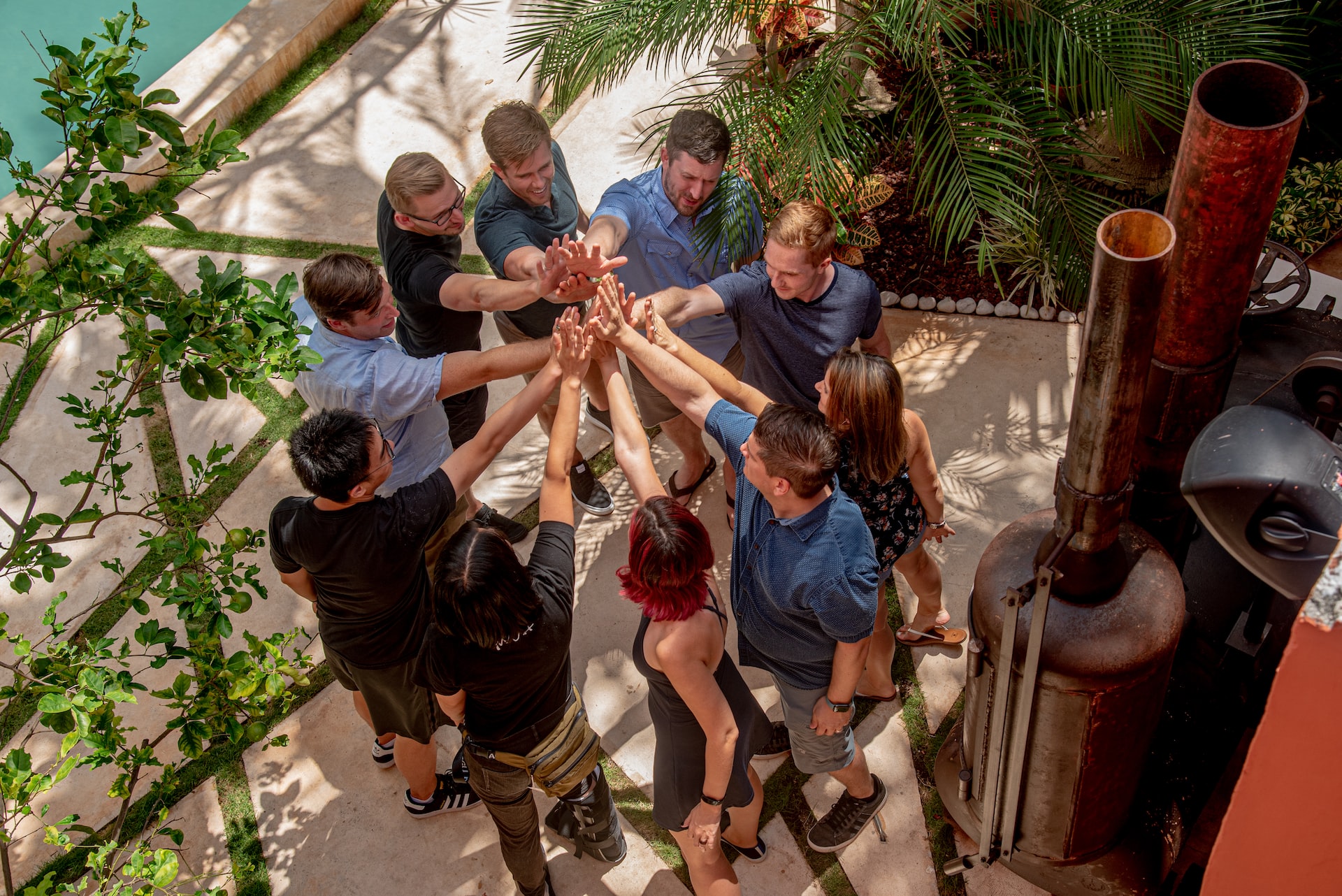
Top 3 HR challenges faced by non-profits and how to tackle them
According to LinkedIn, firms with poor employer brands could be paying as much as US$7.6 million. What exactly is an employer brand and what does it entail? And how can you improve your employer brand today to appeal to top talents?

5 ways to improve your employer brand
According to LinkedIn, firms with poor employer brands could be paying as much as US$7.6 million. What exactly is an employer brand and what does it entail? And how can you improve your employer brand today to appeal to top talents?
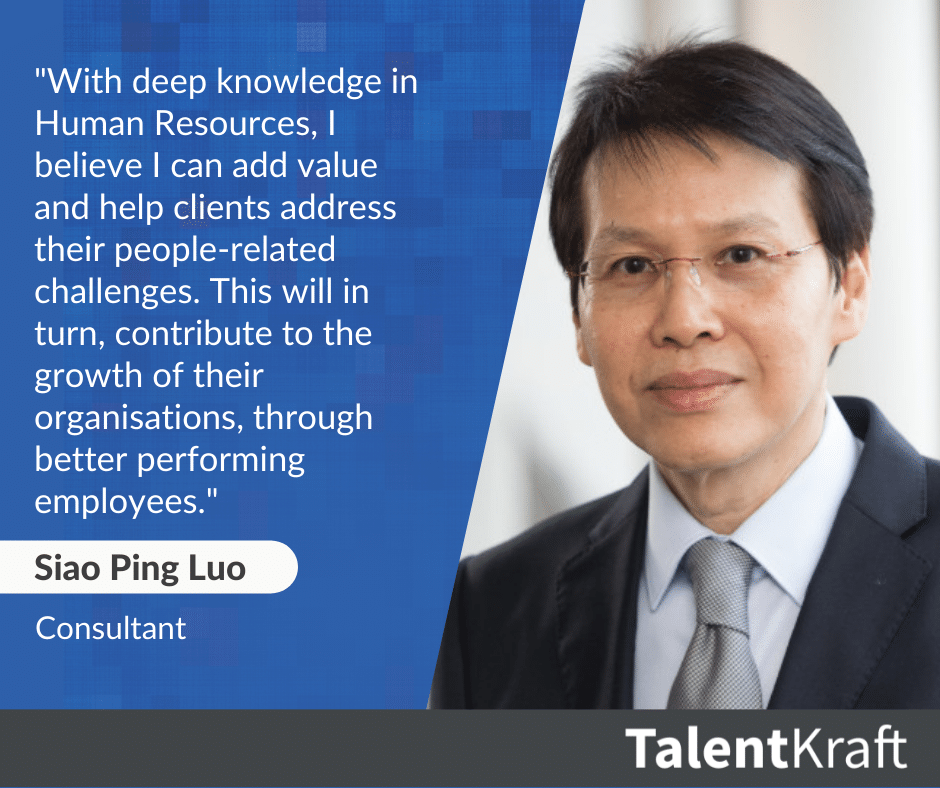
Talent spotlight: Meet Siao Ping Luo, HR expert & Consultant with growth mindset
With over 20 years of hands-on experience in the HR space, Siao Ping has become a leader in the Human Resources (HR) field and a consultant on people-related topics across diverse industries in the APAC region.
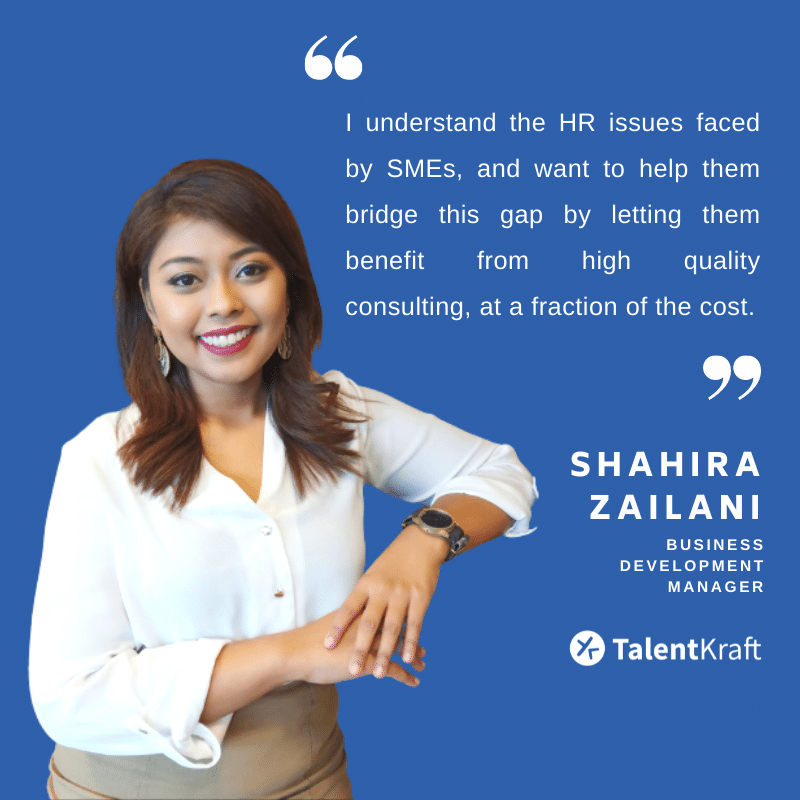
Talent spotlight: Our BD manager’s journey with HR
With 14 years of experience leading teams, our new Business Development Manager is no stranger to the intricacies and challenges of HR. Shahira Zailani shares her thoughts on helping companies build more effective teams!
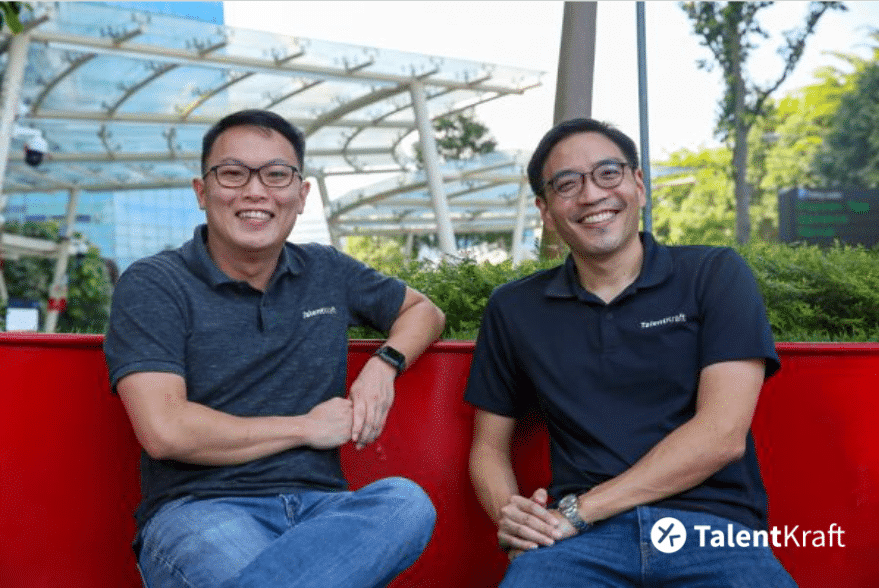
TalentKraft helps SMEs and businesses unlock value in HR – THE BUSINESS TIMES
Part of the strategy consultant’s challenge is educating SME leaders on the importance and value of HR to their wellbeing.

